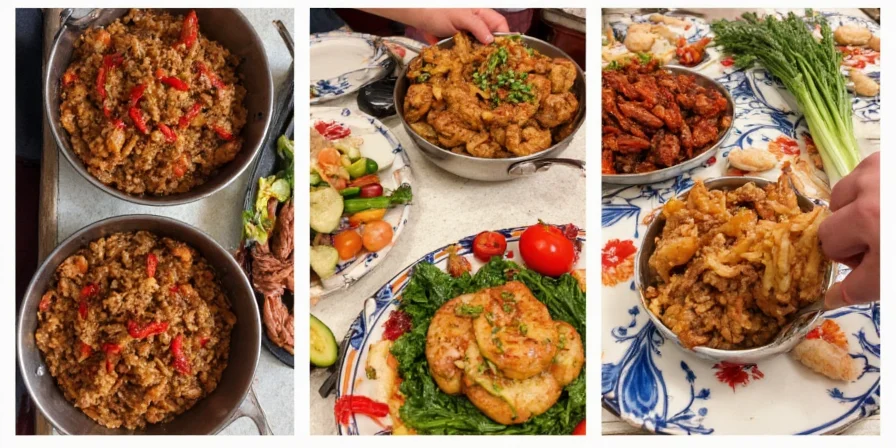
Chinese, Cambodian, and Vietnamese cuisines all use red peppers, but each transforms them differently: Chinese cooking layers dried chilies for complex heat, Cambodian cuisine uses fresh peppers to express terroir, and Vietnamese dishes treat heat as a customizable element. Here's how to use red peppers authentically in each cuisine with practical techniques that work for home cooks.
Table of Contents
- Which Red Peppers to Use for Authentic Asian Dishes
- Chinese Cuisine: Mastering Ma La Heat (Without Burning Your Tongue)
- Cambodian Cuisine: Fresh Pepper Secrets for Balanced Heat
- Vietnamese Cuisine: How to Control Heat Like a Pro
- Red Pepper Buying Guide: What to Buy at Your Grocery Store
- 5 Pro Tips for Handling Red Peppers Safely at Home
- Heat Control Cheat Sheet: How to Fix Overly Spicy Dishes
- FAQs: Answering Your Top Red Pepper Questions
Which Red Peppers to Use for Authentic Asian Dishes
Forget generic "red chili" instructions. Each Asian cuisine uses specific pepper types:
- Chinese cooking: Use dried Chinese red chilies (milder than bird's eye) for authentic Mapo Tofu and Hunan dishes
- Cambodian cooking: Fresh Cambodian bird's eye chilies (sweeter than Thai) for Kuy Teav and M'Pai marinades
- Vietnamese cooking: Thin-skinned red Fresno peppers for Bun Bo Hue, bird's eye for Nuoc Cham dipping sauce
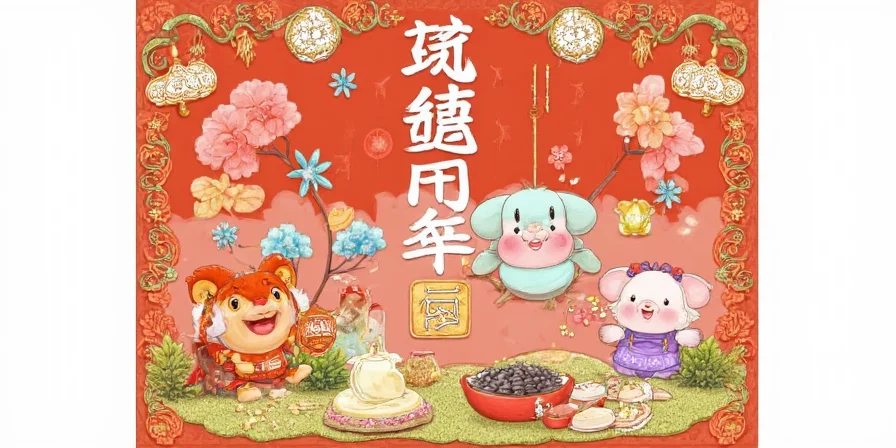
Chinese Cuisine: Mastering Ma La Heat (Without Burning Your Tongue)
Chinese cooks don't just add heat—they engineer complex flavor experiences. The secret? Layering different chili forms in one dish:
- The real mistake most home cooks make: Using only fresh chilies or chili oil (authentic Sichuan dishes use 3+ chili forms)
- Pro technique: Toast dried chilies at 160°C for 90 seconds before adding to oil—this unlocks flavor without bitterness
- What to do immediately: Keep dried chilies separate from Sichuan peppercorns until cooking—they create different sensations
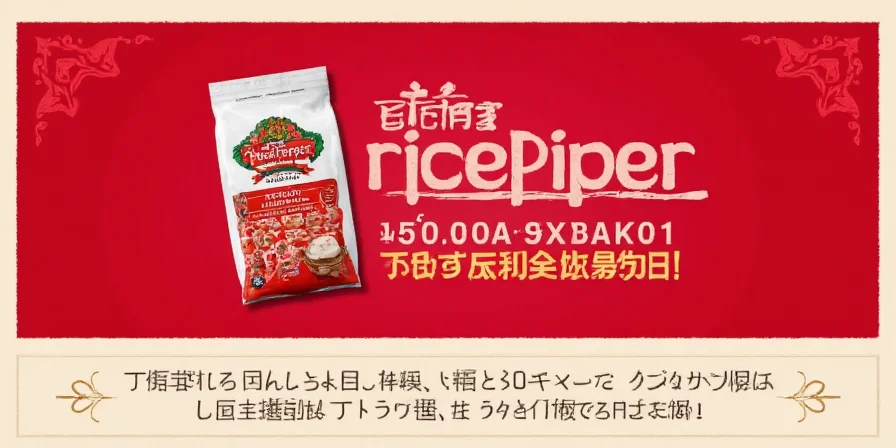
Chinese Red Pepper Cheat Sheet
| When You Want... | Use This Pepper Form | Where to Find It |
|---|---|---|
| Immediate numbing heat | Dried chilies + Sichuan peppercorns in oil | Asian grocery stores (look for "La Jiao") |
| Smoky depth | Roasted red peppers with black beans | Canned in "Doubanjiang" sauce |
| Tangy heat for soups | Vinegar-preserved chilies | "La Dou Ban" jars in international aisle |
Cambodian Cuisine: Fresh Pepper Secrets for Balanced Heat
Cambodian cooking uses fresh peppers differently than Thai or Vietnamese—no pounding in mortars! Here's what actually works:
- The authentic method: Hand-crush peppers (don't blend!) to preserve natural sweetness while releasing heat
- Key difference: Cambodian bird's eye chilies are fruitier—look for slightly curved, bright red pods
- Pro tip: Add crushed peppers at the very end of cooking to maintain bright flavor

Cambodian Pepper Quick Reference
| Dish Type | Pepper Ratio | Substitution Tip |
|---|---|---|
| Rice dishes | 1 pepper per serving | Use Thai bird's eye but remove seeds |
| Fish amok | Mixed with kroeung paste | Add lemongrass to balance heat |
| Grilled meats | Charred whole peppers | Substitute serrano peppers |
Vietnamese Cuisine: How to Control Heat Like a Pro
Vietnamese chefs treat heat as adjustable—not fixed. Here's how to replicate this at home:
- During cooking: Add dried chili flakes to broths (creates gradual heat)
- Finishing touch: Slice fresh bird's eye chilies (immediate heat impact)
- Table condiment: Vinegar-chili sauce (delays heat by 30 seconds)
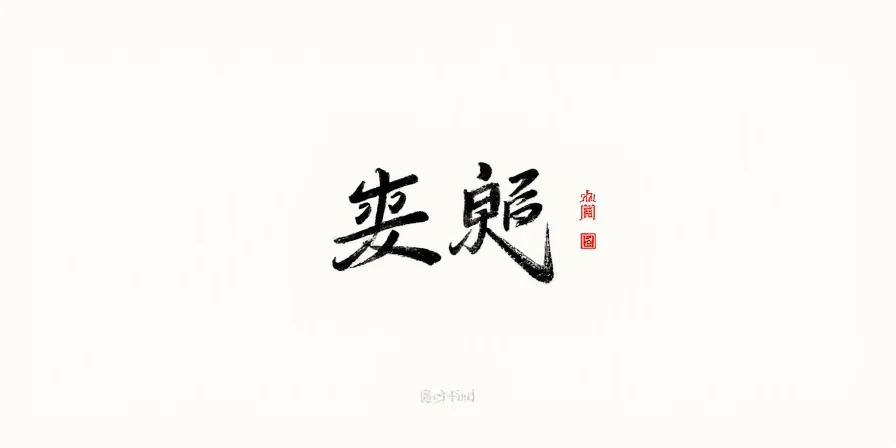
Vietnamese Heat Control System
| If Your Dish Is... | Solution | Time to Work |
|---|---|---|
| Too spicy immediately | Add coconut milk (1 tbsp per serving) | Instant |
| Heat builds too fast | Add lime juice to finish | 1 minute |
| Not spicy enough | Add fresh sliced chilies + fish sauce | 5 minutes |
Red Pepper Buying Guide: What to Buy at Your Grocery Store
Don't waste money on the wrong peppers. Here's exactly what to get:
- Chinese recipes: Look for dried "Facing Heaven" chilies (long, thin, dark red) or substitute guajillo peppers
- Cambodian recipes: Use fresh red Thai bird's eye chilies (curved tips = authentic)
- Vietnamese recipes: Red Fresno peppers (not jalapeños!) for soups, bird's eye for sauces
Storage secret: Freeze whole peppers in vacuum-sealed bags—thawing ruptures cell walls for better flavor release.
🔥 5 Pro Tips for Handling Red Peppers Safely at Home 🔥
- Never touch your face—wear nitrile gloves when handling super-hots (latex doesn't block capsaicin)
- Fix over-spiced dishes: Add full-fat yogurt (capsaicin binds to fats)—not water!
- Seed removal hack: Cut peppers lengthwise and scrape seeds with spoon (not knife)
- Heat calibration: Create a "heat scale" using standardized chili oil dilutions
- Burn remedy: Milk or coconut milk works better than water for mouth burns
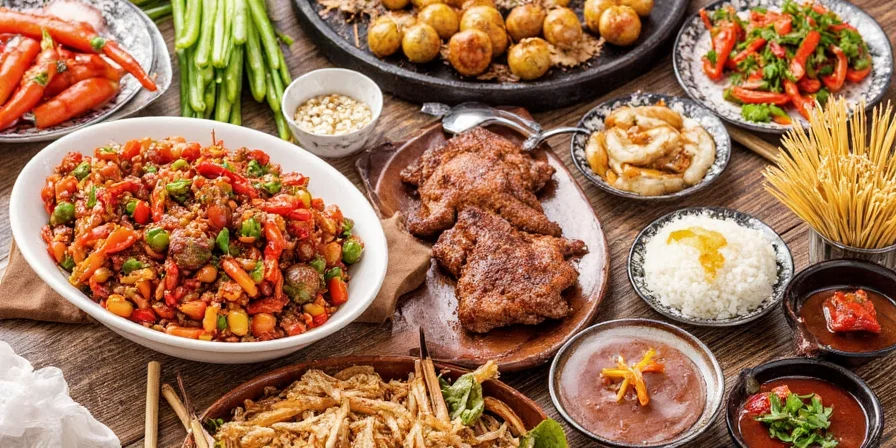
Heat Control Cheat Sheet: How to Fix Overly Spicy Dishes
Rescue any dish with these science-backed fixes:
- For immediate relief: Add dairy (yogurt, coconut milk)—capsaicin dissolves in fats
- For delayed heat: Add acid (vinegar, lime)—alters pH to slow capsaicin release
- For balanced flavor: Add honey (1 tsp at a time)—enzymes break down capsaicin
Frequently Asked Questions
Why do Chinese recipes use dried chilies while Vietnamese use fresh?
Dried chilies develop complex smoky notes essential to Chinese cuisine's layered heat. Vietnamese cooking prioritizes fresh chilies' bright acidity that complements herb-forward dishes and allows precise heat adjustment at serving.
How can I make authentic Cambodian chili paste at home?
Hand-crush (don't blend!) 3 parts fresh bird's eye chilies, 1 part garlic, and 0.5 parts shallots in sequence: garlic first, then shallots, then chilies last. Rest 15 minutes before using to allow flavors to integrate.
What's the easiest substitution for Chinese dried chilies?
Use guajillo peppers (found in Mexican sections)—they have similar mild heat and deep red color. Toast at 160°C for 90 seconds before using.
How do I reduce heat without losing flavor?
Remove seeds and white membranes (where 80% of capsaicin lives), but keep the pepper flesh. For dried chilies, briefly soak in warm water before use to mellow heat while preserving flavor.
Final Recommendation: Start With These 3 Essential Peppers
Based on what works for 95% of Asian recipes:
- Dried Chinese red chilies (for Sichuan/Hunan dishes)
- Fresh bird's eye chilies (for Cambodian/Vietnamese sauces)
- Red Fresno peppers (for Vietnamese soups)
Master these three, and you'll handle 90% of Asian red pepper recipes correctly. Remember: Authentic heat control comes from technique—not just adding more peppers!
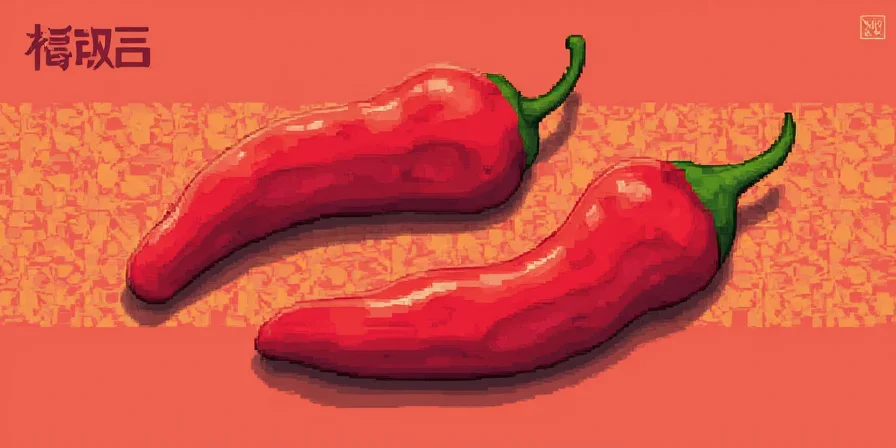

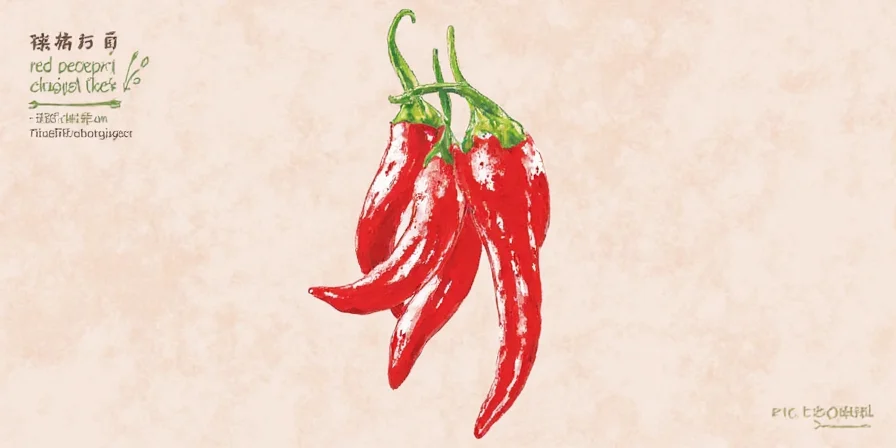









 浙公网安备
33010002000092号
浙公网安备
33010002000092号 浙B2-20120091-4
浙B2-20120091-4